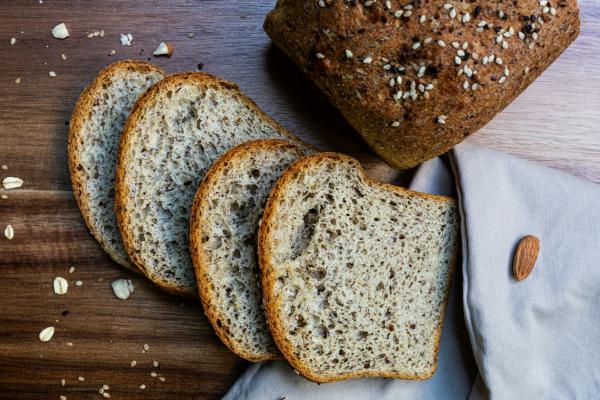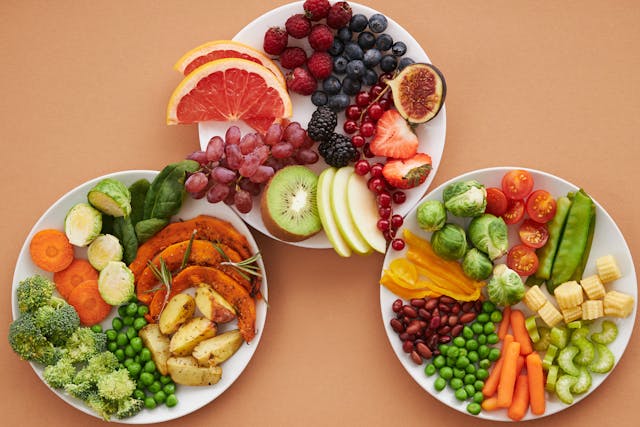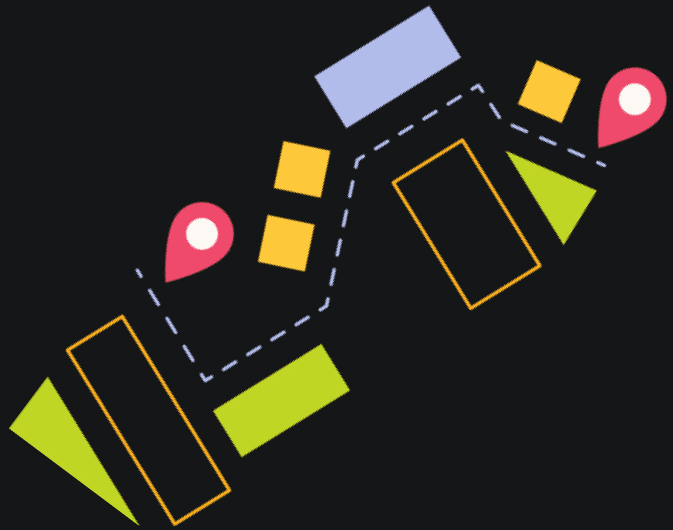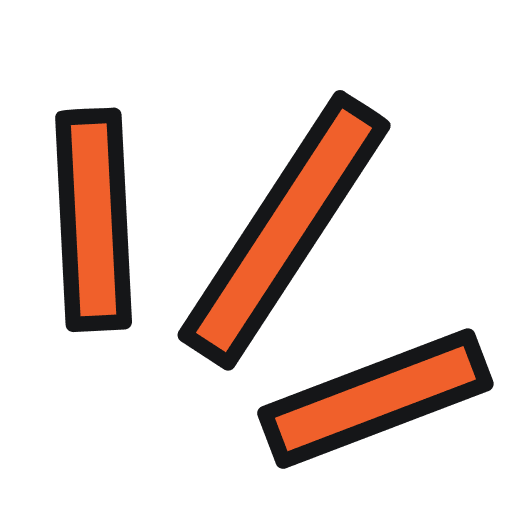


In the ever-evolving landscape of dietary choices, one remarkable option has been quietly but steadily making its way into kitchens and onto plates worldwide – protein bread. In pursuing healthier eating, individuals increasingly turn to this specialized bread variant that tantalizes the taste buds and packs a powerful nutritional punch.
In this post, we will delve into the captivating world of high-protein bread, exploring its origins, the diverse range of varieties it offers, and the remarkable health benefits that have fueled its ascent in popularity.
This bread contains higher amounts of protein than traditional wheat or white slices of bread. Regular store-bought breads typically get their protein primarily from wheat or other grains, providing only 2-3 grams of protein per slice.
Nutrient-dense bread enhances the nutritional profile by incorporating additional protein sources such as whey, eggs, nut butter, seeds, or legumes. These protein boosters increase the protein content to 5-10 grams or more per slice.
Several varieties of bread are available on the market to cater to different dietary needs and preferences. Wheat bread uses wheat flour but supplements it with whey, soy, egg, or pea protein. This classic style provides 5-10 grams of protein per slice. Sprouted grain breads use sprouted wheat or kamut, which are more nutrient-dense and easily digestible.
Nut and seed breads incorporate ground nuts such as almonds or flax/chia seeds and their healthy fats. These are higher in fiber, magnesium, and heart-healthy omega-3s. Gluten-free breads use nut flour such as almond, coconut, or chickpea flour as the base.
They provide similar amounts of protein and micronutrients without gluten. Vegan protein loaves rely on plant sources such as soy, peas, and hemp to provide complete protein without the use of dairy. Keto and Paleo variations exist, featuring low-carb ingredients for specialized diets.
The increasing popularity of this bread aligns with the growing consumer awareness of protein’s crucial role in promoting health and wellness. People seek balanced macronutrient options that stabilize blood sugar, promote satiety, and support muscle mass.
One of the main benefits is its ability to keep you feeling full for longer. Protein takes longer to digest than carbohydrates, slowing the stomach emptying and adding blood sugar levels after a meal. This helps curb hunger and prevents mid-morning or afternoon cravings that could derail diet plans or health goals. The prolonged feeling of fullness may aid weight management efforts.
The sustained release of amino acids from protein slows digestion and prevents sharp rises and falls in blood sugar levels. This increased feeling of fullness from bread helps reduce cravings and aids in weight management.
Staying satisfied between meals helps prevent overindulging caused by reactive hunger. This bread’s combination of fiber, protein, and healthy fats provides sustainable energy without unwanted energy crashes.

Protein is particularly important for maintaining or building muscle mass. As we age, muscle mass naturally declines, which lowers metabolism and makes losing or keeping off weight more difficult over time. Diets low in protein can potentially degrade muscle. Low-calorie bread helps consume sufficient high-biological value protein with each meal to fuel muscle tissue adequately.
Breakfast: Protein bread toast with peanut butter and banana
Lunch: Tuna salad sandwich on bread
Dinner: chicken breast, roasted potatoes, salad
Breakfast: protein bread and French toast
Lunch: Egg salad on bread
Dinner: salmon, quinoa, and steamed vegetables
Breakfast: Protein bread waffle with yogurt and berries
Lunch: Turkey avocado wrap on protein bread
Dinner: Pork chop, brown rice, broccoli
Breakfast: Protein bread English muffin with egg and cheese
Lunch: Leftover salmon and protein bread
Dinner: Beef stir fry with vegetables served over cauliflower rice.
Breakfast: Yogurt parfait with granola on whole-grain bread
Lunch: Tofu salad lettuce cups with bread
Dinner: Shrimp fajitas, black beans, guacamole
Breakfast: Protein bread cottage cheese pancakes
Lunch: Chicken sausage pizza on whole wheat bread
Dinner: Lentil Bolognese over zoodles
Breakfast: Protein bread banana nut muffin
Lunch: Turkey BLT on bread
Dinner: Baked salmon, roasted asparagus, and sweet potato
This balanced week utilizes this bread in various ways to create filling and balanced meals for each major eating occasion. Adjust servings based on individual calorie requirements.
When consulting your nutritionist about incorporating low-cal bread into your diet, be prepared to provide information about your current eating habits, health goals, and any dietary requirements. Ask about protein and carbohydrate intake guidelines and how this bread can assist in meeting these guidelines, considering factors such as gender, age, and activity level.
Discuss how the higher protein content of bread may aid in appetite control and blood sugar regulation compared to regular bread. Can you please provide me with some meal ideas that include nutrient-dense bread? Learn their recommendations for the best types of food to suit your nutritional preferences.
Make an appointment for a follow-up to discuss your progress and food journal while showcasing how this bread fits your lifestyle. Their personalized guidance will help ensure that it supports, rather than hinders, your wellness goals.
Dieters and active individuals can experience the advantages of prolonged satiety, improved blood sugar control, and sufficient protein intake for muscle health by regularly incorporating this bread into meals. The variety of nutritious and adaptable options in the nutrient-dense bread category makes it an easy substitute for regular bread at breakfast, in sandwiches, or as a tasty accompaniment. Overall, it can significantly enhance the nutritional profile of any diet in a delicious and convenient package.




















Sign up below to receive exclusive deals and be first to know when delicious new products are coming out.